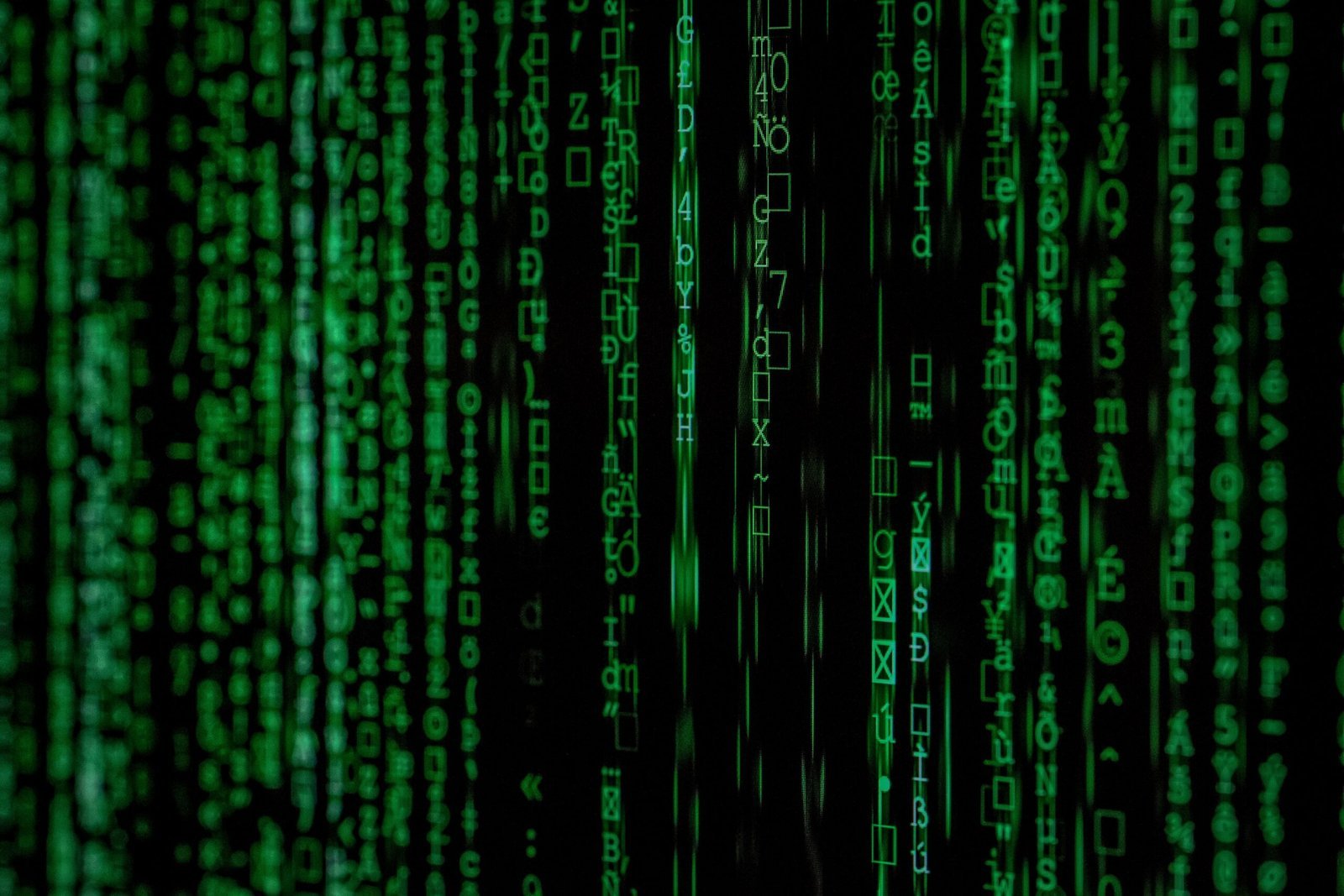
Introduction to Blockchain Technology
Blockchain technology, initially conceptualized as the underlying framework for Bitcoin by an anonymous entity known as Satoshi Nakamoto in 2008, has since evolved into a multifaceted tool with vast applications beyond cryptocurrency. At its core, blockchain is a decentralized ledger that records transactions across multiple computers in such a way that the registered transactions cannot be altered retroactively.
The fundamental principle of blockchain is its decentralized nature. Unlike traditional databases managed by a central authority, blockchain operates on a peer-to-peer network where each participant, known as a node, holds a copy of the entire ledger. This distribution eliminates the single point of failure and enhances the robustness against cyber-attacks.
Consensus mechanisms play a pivotal role in maintaining the integrity and consistency of the data across the network. Mechanisms such as Proof of Work (PoW) or Proof of Stake (PoS) require participants to reach an agreement on the validity of transactions before they are added to the ledger. This consensus process ensures that all copies of the ledger are synchronized and accurate.
Cryptographic hashing is another cornerstone of blockchain technology. Each block in the chain contains a cryptographic hash of the previous block, a timestamp, and transaction data. This cryptographic link between blocks ensures that any attempt to alter a single transaction would require altering all subsequent blocks, a task deemed computationally unfeasible.
Two attributes that set blockchain apart from traditional databases are immutability and transparency. Immutability refers to the inability to alter or delete transactions once they are recorded on the blockchain, providing a reliable and tamper-proof record. Transparency, on the other hand, allows participants to view all transactions on the public ledger, fostering trust among users.
These unique characteristics make blockchain a revolutionary technology with the potential to enhance security measures across various domains, prominently in the realm of cybersecurity.
Blockchain technology is increasingly recognized for its contribution to enhanced security measures across a myriad of industries. At its core, blockchain offers a decentralized control system, which significantly reduces the risk of single-point failures and makes unauthorized data modifications extremely challenging. This decentralized nature means that no single entity has control over the entire blockchain, thus enhancing the overall security of the system.
One of the prominent security features of blockchain is its robust encryption. Each transaction on the blockchain is encrypted and linked to the previous transaction, forming an immutable chain. This structure ensures that once data is added to the blockchain, it cannot be altered or deleted, thereby providing a tamper-proof record. The integrity of data is maintained through complex cryptographic algorithms, which further fortifies the protection against unauthorized access and alterations.
Transparency is another key aspect where blockchain excels. Every participant in the blockchain network has access to the same data, creating a transparent and verifiable system. This openness reduces the likelihood of fraudulent activities since any attempt to manipulate the data would be instantly visible to all network participants. As a result, blockchain technology fosters a higher level of trust and accountability among users.
In terms of practical applications, numerous industries have already started leveraging blockchain to bolster their security frameworks. For instance, the financial sector employs blockchain to prevent fraud and ensure the integrity of transactions. By using blockchain, banks and financial institutions can create unchangeable audit trails, making it easier to detect and mitigate fraudulent activities.
Another notable example is in the healthcare industry, where blockchain is used to secure patient data. Blockchain ensures that medical records are tamper-proof and only accessible to authorized personnel, thus maintaining patient privacy and data integrity. Additionally, blockchain can enhance the security of supply chains by providing an immutable record of the entire process, from production to delivery, ensuring that each step is recorded and cannot be altered.
Overall, the inherent security features of blockchain, including decentralized control, encryption, and transparency, significantly contribute to its ability to provide enhanced security. The technology’s capability to create tamper-proof records, ensure data integrity, and resist fraud and cyber attacks makes it a valuable tool in the fight against cybersecurity threats.
Applications of Blockchain in Cybersecurity
Blockchain technology has revolutionized the landscape of cybersecurity by introducing novel mechanisms that enhance security and resilience. One of its most significant applications is in secure identity management. Traditional methods of identity verification are often vulnerable to breaches and fraud. Blockchain addresses these challenges by providing a decentralized and immutable ledger for recording identities. This ensures that identity data is tamper-proof and easily verifiable, reducing the risk of identity theft and unauthorized access. For instance, companies like Civic and uPort utilize blockchain to offer secure and private identity management solutions.
Another crucial application is in data protection. Blockchain’s inherent cryptographic features ensure that data stored on the blockchain is encrypted and decentralized, making it highly resistant to unauthorized modifications and attacks. This is particularly important for protecting sensitive information such as medical records, financial data, and personal information. Projects like MedRec are pioneering the use of blockchain to secure patient data, ensuring both privacy and accessibility.
Blockchain also plays a pivotal role in securing transactions. By recording each transaction in a distributed ledger, blockchain ensures transparency and traceability, which is fundamental in preventing fraud and ensuring integrity. This application is widely used in the financial sector, where accuracy and security of transactions are critical. Companies like Ripple and Chainalysis leverage blockchain to provide secure and efficient transaction verification services.
Moreover, blockchain technology enhances threat detection capabilities. By utilizing its decentralized nature, blockchain enables the creation of distributed networks that can detect anomalies and potential threats in real-time. This method is more efficient than traditional centralized systems, which can be bottlenecked and vulnerable to single points of failure. Projects like Guardtime use blockchain to enhance the security of national cyber infrastructures by enabling real-time threat detection and response.
In essence, blockchain technology offers robust solutions for enhancing cybersecurity. By integrating blockchain into their cybersecurity strategies, organizations can achieve more secure authentication processes, protect sensitive data, secure transactions, and improve threat detection mechanisms. This growing adoption highlights the transformative potential of blockchain in creating a safer digital ecosystem.
Challenges and Future Prospects
Integrating blockchain technology into cybersecurity presents several notable challenges. One of the primary issues is scalability. Blockchain systems, particularly those utilizing public networks, can face significant limitations in processing speed and transaction throughput. This scaling problem stems from the decentralized nature of blockchain, where each transaction must be verified by multiple nodes, leading to potential delays and bottlenecks. In high-demand environments, such delays can hinder the efficiency of cybersecurity measures.
Regulatory concerns also pose a substantial hurdle. The legal landscape surrounding blockchain remains fragmented and evolving. Different jurisdictions have varied approaches to blockchain regulation, creating complexities for organizations operating across borders. Ensuring compliance with a patchwork of regulations can be burdensome and may deter wider adoption of blockchain-based cybersecurity solutions. Moreover, the lack of standardized guidelines can lead to legal ambiguities, further complicating the integration process.
Another pressing challenge is the emergence of new types of cyber threats. While blockchain systems are inherently secure due to their decentralized and immutable nature, they are not immune to attacks. For instance, vulnerabilities in smart contracts and the potential for 51% attacks, where malicious actors gain control over the majority of the network’s mining power, present significant risks. Additionally, as blockchain technology evolves, cybercriminals continuously develop sophisticated methods to exploit potential weaknesses.
Despite these challenges, the future prospects for blockchain in cybersecurity are promising. Advancements in blockchain technology, such as the development of more scalable consensus algorithms like Proof of Stake (PoS) and sharding, are expected to address scalability issues, enhancing the technology’s practicality for cybersecurity applications. Furthermore, regulatory bodies are increasingly recognizing the importance of blockchain, and efforts are underway to establish more cohesive and comprehensive regulatory frameworks. These frameworks aim to provide clearer guidelines, fostering a more conducive environment for blockchain adoption.
Expert opinions suggest that the continued evolution and integration of blockchain technology will significantly bolster cybersecurity efforts. Some predictions include the rise of decentralized identity management systems, which can offer more secure and user-controlled authentication mechanisms. Additionally, blockchain’s potential for enhancing supply chain security and ensuring the integrity of critical infrastructure is being increasingly recognized. As blockchain technology matures, it is anticipated to play a pivotal role in creating more resilient and robust cybersecurity landscapes.










